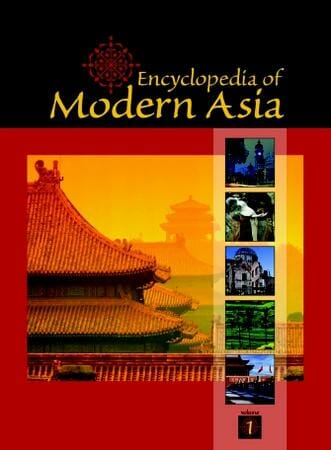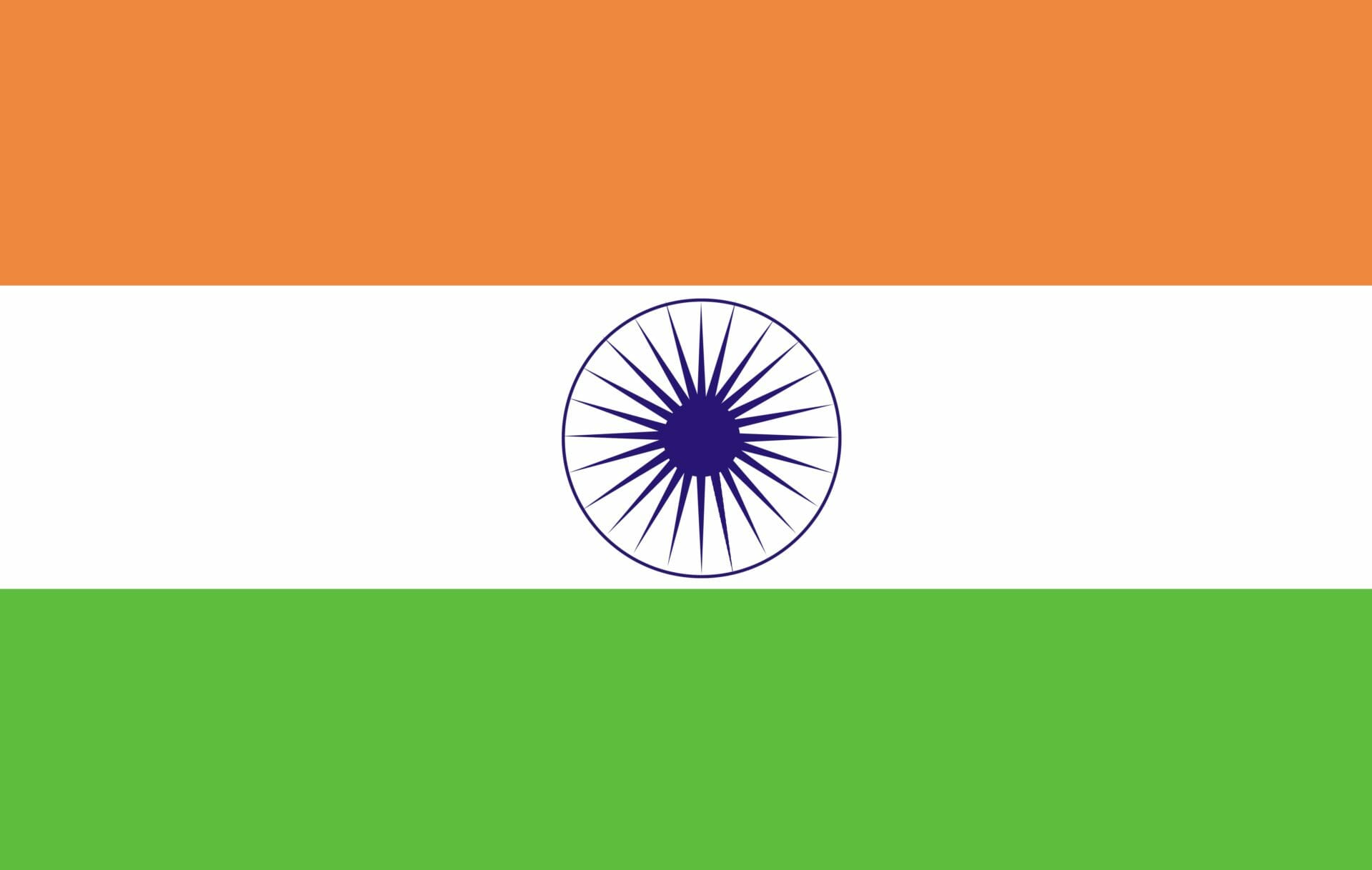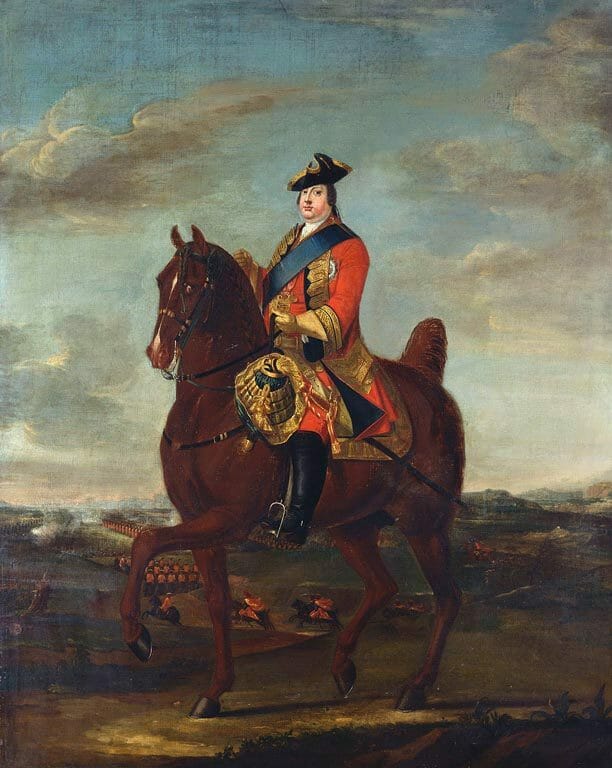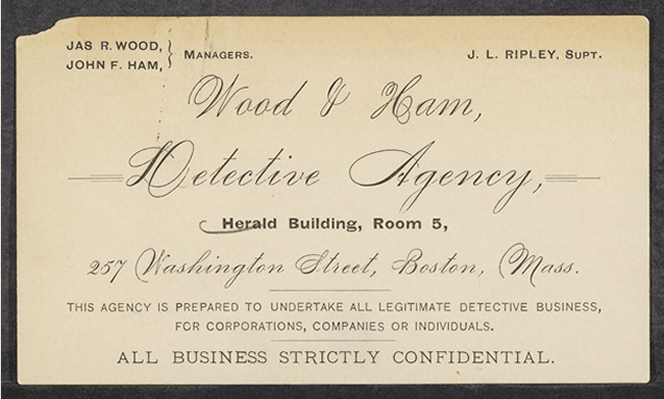Written by Jess Edwards and Daniel Pullin
Daniel and I are both keen on History – and food! The events currently taking place throughout the UK to celebrate British Food Fortnight led us to consider what actually constitutes ‘British Food’. Of course, in one sense the phrase describes food produced in Britain, but it could also mean the food eaten most regularly in the UK, and entrenched in British culture, which equates to a very different interpretation of ‘British Food’. Many of the meals most commonly eaten in Britain today have been introduced from foreign shores. We decided to explore the development of the modern British palate in the Gale archives, and unearthed historical references to both foreign and native recipes – as well as learning how both have solidified their reputation and popularity in British food culture. And to add an amusing twist, we thought we’d rustle up a few dishes under the guidance of these historical recipes…!










